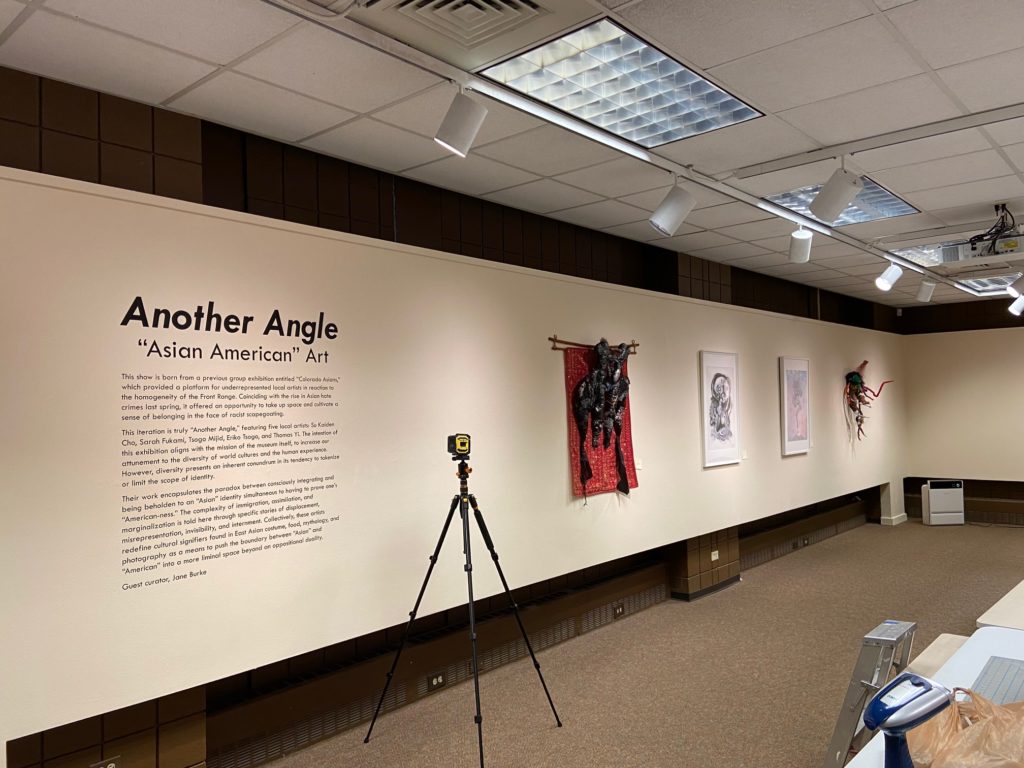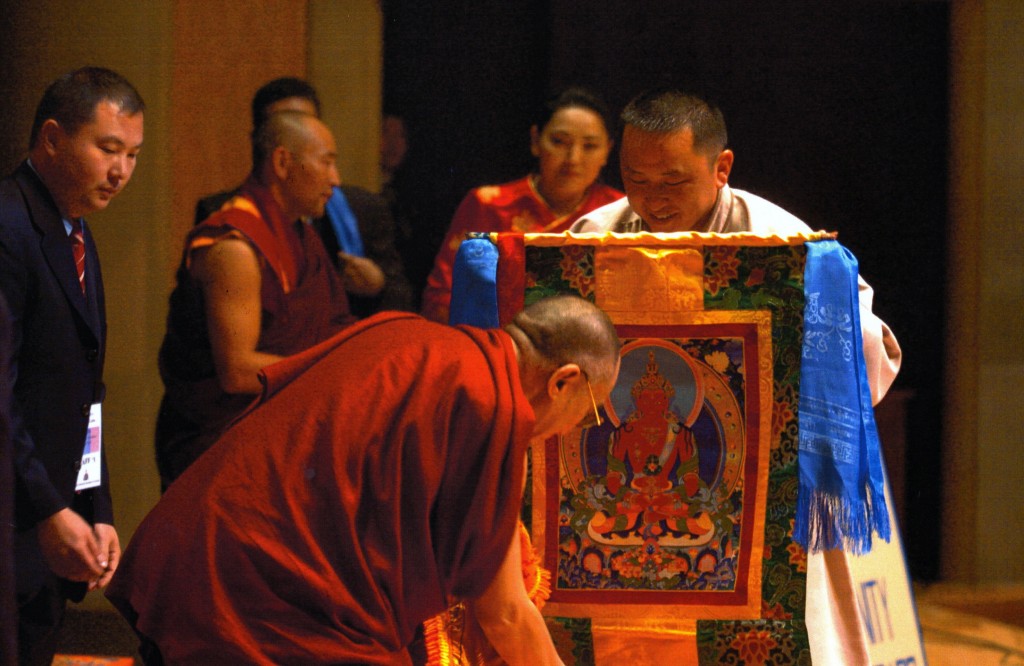University of Denver’s Museum of Anthropology (DUMA) presents new exhibition Another Angle: “Asian American” Art from Thursday, November 1st – December 10, 2021. The exhibition is featuring artwork by Su Kaiden Cho, Sarah Fukami, Tsogo Mijid, Eriko Tsogo, Thomas Yi curated by Jane Burke *funded in part through the University of Denver’s DEI Action Plan.
Exhibit Runs: November 1 – December 10
Virtual Panel Discussion: Wednesday, November 3 from 12pm-1:30pm MST > https://udenver.zoom.us/w/82992414830?tk=GAo3-dSiYPS894Csh3DLVYM9mfv62o2BUc11gwvRoJ8.DQMAAAATUrvAbhZQc0YzLVRqLVNDRzRKM0J6eDlDSWdBAAAAAAAAAAAAAAAAAAAAAAAAAAAAAA
Opening Reception: Thursday, November 4, 2021 5 – 7 p.m. MDT Sturm Hall – First Floor


Another Angle: “Asian American” Art
This show is born from a previous group exhibition entitled “Colorado Asians,” which provided a platform for underrepresented local artists in reaction to the homogeneity of the Front Range. Coinciding with the rise in Asian hate crimes last spring, it offered an opportunity to take up space and cultivate a sense of belonging in the face of racist scapegoating.
This iteration is truly “Another Angle,” featuring five local artists: Su Kaiden Cho, Sarah Fukami, Tsogo Mijid, Eriko Tsogo, and Thomas Yi and is located inside the University of Denver Museum of Anthropology (DUMA). The intention of this exhibition aligns with the mission of the museum itself, to increase our attunement to the diversity of world cultures and the human experience. However, diversity presents an inherent conundrum in its tendency to tokenize or limit the scope of identity.
In this case, we must view diversity from multiple angles. One angle is the destabilization of the construct of “Asian American” identity in and of itself, wherein it poses a misleading monolith. It is impossible to represent the multiculturalism of Asian American art amidst the complex geographic and cultural diversity within Asia and the Pacific Islands. The artists represented here are solely from East Asian descent, however their narratives surrounding immigration, assimilation, and marginalization vastly differ.
Another angle in which to analyze diversity is the interdisciplinary approach of situating the work within a non-traditional gallery. This will not only expand viewership by intersecting students from anthropology, art history, and Asian studies, but will also encourage dialogue outside of a hierarchical framework in response to the white supremacy found within art history alone. Albeit a small cross-section, it offers a lens into how Asian American artists find agency between tradition and modernity by recontextualizing cultural signifiers in costume, food, mythology, and historical records. Their work collectively addresses the paradox of consciously integrating and being beholden to an “Asian American” identity. The tension of this juxtaposition could potentially be offset through a more anthropological angle, wherein the work of these artists is ultimately interpreted as a form of universal human expression.
Guest curator, Jane Burke


